ATVs and quads usually require 12v batteries that are often suitable for use in motorcycles as well. A power sports battery needs to provide the high output needed to start your four-wheeler. What differentiates these batteries is cold cranking amp, or CCA, output.
Can I use an ATV battery with a winch? Do I Need a Special Battery for My ATV with a Winch? The short answer is that ATV batteries and Powersports batteries are just not designed to handle the amp draw of a winch. They are not made for deep cycling, only for starting. That being said, in the real world we have winches.
What are the types of ATV batteries? Types of ATV Batteries. As discussed above, the two main types of ATV batteries out there are conventional and AGM. Conventional ATV batteries are usually lead-acid. They are both popular and affordable. Also, they need distilled water to maintain them properly. AGM batteries tend to be more heavy-duty and come in at a higher price point.
What is an ATV battery tender? Del Tran makes a Battery Tender Junior that works great for ATV batteries. Because of its smaller size, it can easily fit into the more confined space of an ATV frame. A battery tender can add years of life to your battery. There are so-called maintenance-free batteries and batteries that require maintenance.
What type of battery do I need for my motorcycle? ATVs usually require 12v batteries that are often suitable for use in motorcycles as well. A power sports battery needs to provide the high output needed to start your four-wheeler. What differentiates these batteries is cold cranking amp, or CCA, output.
Table of Contents
The majority of ATVs operate on a 12-volt battery architecture system (at rest). Conventional, or flooded, ATV batteries use a voltage range of 12.6 to 12.8 volts on a fully charged battery that’s at rest. An AGM battery, may have a voltage range that starts at 12.8 volts but can reach as high as 13. 1 volts.
1 volts.
In answer to your question, the six amp charger will charge your battery three times faster than the two amp charger. Six amps is stil a relatively slow charge and should be fine to use for a deep cycle battery. If your charger is telling you the battery is full, place a load on the battery before charging it.23 Sept 2011
A: If you leave the charger connected continuously, even at a mere 2 amps, the battery eventually will die. Overcharging a battery causes excessive gassing — the electrolyte gets hot and both hydrogen and oxygen gas are generated.
They have larger Ah capacities – When fully charged, 6V batteries have bigger capacities compared to 12V batteries. They have a bigger discharge and recharge capacity – This means that you can discharge and recharge the batteries more often than 12V batteries. These batteries are also less prone to charge memory.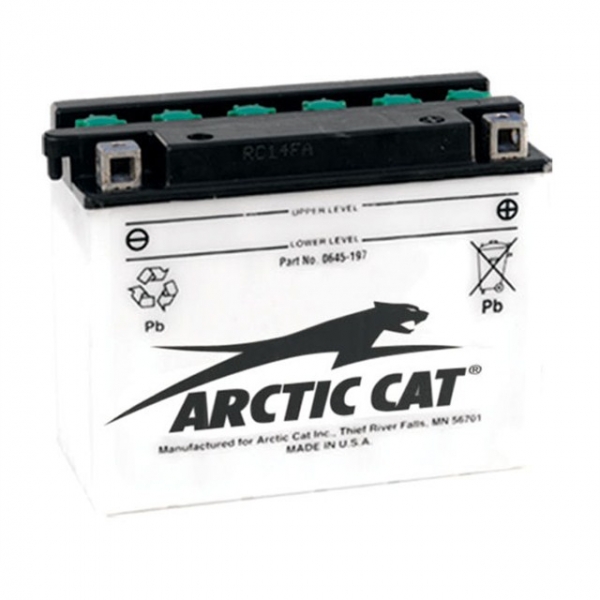
Re: 2 12 volt versus 2 6 volt deep cycle batteries number of charge discharge cycles. If you’re comparing a dual 6-volt arrangement vs a dual 12-volt arrangement with deep cycle in both cases and approximately the same capacity and same quality on both sets, then the answer is no.
A 12v battery is a 12 volt battery, you can’t use it at 6v. It doesn’t work that way. Each of the 3 cells in a 6v battery produces a bit over 2 volts, just like each of the 6 cells in a 12v battery produces a bit over 2 volts.
2 amp
1-2 days
24 hours
about 8 hours
24 hours
ATV’s are NOT designed to charge car batteries, as far as I know they don’t even have alternators and use the magneto to create charging power and thats based on rpm’s, so you would have to be running at max rpms to create max. charging power to the batt. Don’t run a car battery.
charging power to the batt. Don’t run a car battery.
In the case of a battery in good condition, the rate of charge may be around 3 to 6 amps with a normal home charger.
Each cell in a deep-cycle battery can produce about 2 volts. A 6V battery has 3 cells, making a total of 6 volts, and a 12V battery has 6 cells, making a total of 12 volts!
It is best to slow charge the battery. Slow charging rates vary depending on the battery’s type and capacity. However, when charging an automotive battery, 10 amps or less is considered a slow charge, while 20 amps or above is generally considered a fast charge.
2 amp
12v cars use 12-volt motor and battery, 6-volt cars use 6-volt motor and battery.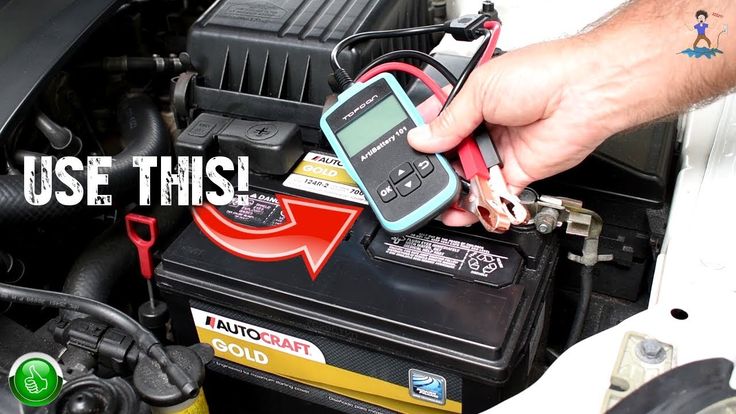 As a result, 12-volt ride on cars have more power, more speed and need more charging time than 6-volt cars. 12-volt vehicles are suitable for 3 to 6 years old kid whereas 6-volt cars are generally for 1 to 3 years old.
As a result, 12-volt ride on cars have more power, more speed and need more charging time than 6-volt cars. 12-volt vehicles are suitable for 3 to 6 years old kid whereas 6-volt cars are generally for 1 to 3 years old.
A basic charger usually charges at around 2 amps – and so needs 24 hours to deliver the 48 amps needed to fully charge a flat, 48 amp hour battery. But there is a wide range of chargers with different charge rates on the market – from 2 to 10 amps. The higher the charge output, the faster a flat battery is recharged.
As a widely known type of lantern battery, 6-volt cells are used to supply electricity to torch lights, flashlights or any other illumination that needs higher energy capacity. Since these are rechargeable batteries that are comprised of multiple arrays of cells inside, they have a large capacity for energy storage.
A: If you leave the charger connected continuously, even at a mere 2 amps, the battery eventually will die. Overcharging a battery causes excessive gassing — the electrolyte gets hot and both hydrogen and oxygen gas are generated.
Overcharging a battery causes excessive gassing — the electrolyte gets hot and both hydrogen and oxygen gas are generated.
ATVs and quads usually require 12v batteries that are often suitable for use in motorcycles as well. A power sports battery needs to provide the high output needed to start your four-wheeler. What differentiates these batteries is cold cranking amp, or CCA, output.
What is the best battery for an ATV? The final type of battery to consider for your ATV is a lithium battery. This is the newest and most specialized type of battery and with that comes a more substantial price tag. These batteries come pre-sealed and ready to charge and install.
How does an ATV charge its battery? An ATV uses what is called a stator system or magneto system to charge it’s battery. This is a fairly simple and robust system that’s located on the inside of the ATV’s engine. Any time the engine is running, the stator is continuously generating an electric charge. Some of the electricity is used to power the bikes different electrical components.
Any time the engine is running, the stator is continuously generating an electric charge. Some of the electricity is used to power the bikes different electrical components.
Can You charge an ATV with a quad? As long as your quad stays running, the battery should continue to charge through its charging system (known as a stator) unless there is more power being drawn from the battery than is being replenished. At this point, I know what you’re probably thinking, there has to be another way than having to jump my battery every time I want to use my ATV.
What is standard ATV battery? Standard ATV Battery Standard lead-core batteries use battery acid and are often what comes standard in your machine. These batteries will either come with the battery acid, or without. Since battery acid is fairly generic, you can buy the battery online without the acid, and save on the freight.
Table of Contents
If your battery is reading 0 volts, chances are the battery experienced a short circuit.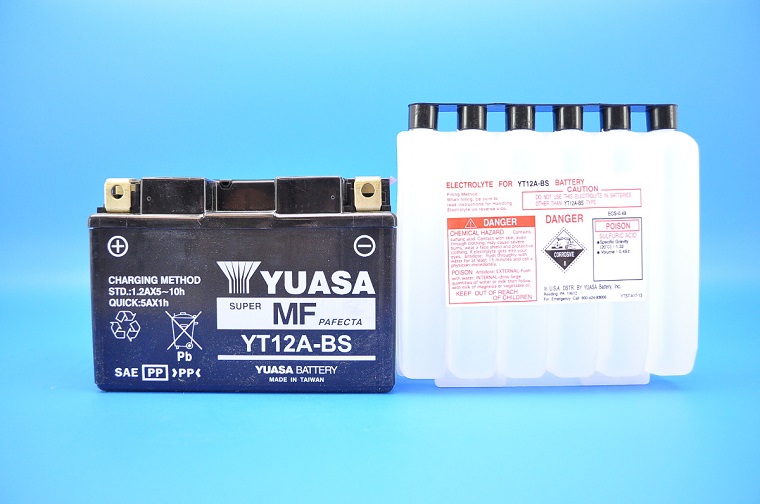 If the battery cannot reach higher than 10.5 volts when being charged, then the battery has a dead cell. If the battery is fully charged (according to the battery charger) but the voltage is 12.5 or less, the battery is sulfated.
If the battery cannot reach higher than 10.5 volts when being charged, then the battery has a dead cell. If the battery is fully charged (according to the battery charger) but the voltage is 12.5 or less, the battery is sulfated.
Lead Acid or Conventional. Lead acid batteries are the most common type of batteries. If you are thinking that ATV batteries are the same as car batteries, you are very mistaken. ATV conventional batteries, unlike most car batteries, take maintenance to make sure they are able to function and run properly.
Reserve minutes, also called reserve capacity, is the number of minutes a fully charged battery can sustain a designated constant load — usually 25 amps — before it is fully discharged. For a 12-volt battery, that means battery voltage will have fallen to 10.5 volts.
What Size Battery Do I Need for my ATV or Quad? ATVs and quads usually require 12v batteries that are often suitable for use in motorcycles as well. A power sports battery needs to provide the high output needed to start your four-wheeler. What differentiates these batteries is cold cranking amp, or CCA, output.
A power sports battery needs to provide the high output needed to start your four-wheeler. What differentiates these batteries is cold cranking amp, or CCA, output.
Conventional, or flooded, ATV batteries use a voltage range of 12.6 to 12.8 volts on a fully charged battery that’s at rest.
If the vehicle is equipped with a large number of non-standard electrical devices, which have an increased power consumption, e.g. a sophisticated sound system, the AGM battery provides the vehicle with the necessary power, which a conventional wet battery cannot provide.
12.6
The first digit from the left is a letter. It stands for the month of the year. A = January; B = February; C = March, etc. The second digit from the left is the year the battery was shipped from the factory.
– Battery Tender BTL14A240C Lithium Iron Phosphate Battery.
– ExpertPower 12V 7 Amp EXP1270 Rechargeable Lead Acid Battery.
– Yuasa YUAM620BH YTX20HL-BS Battery.
– YUASA YTX14-BS Maintenance Free Battery.
– Odyssey PC545 Powersports Battery.
12.0 volts
Reserve capacity
2 amp
While Cold Cranking Amps (CCA) is important for starting engines, having higher Reserve Capacity (RC) helps power mobile devices, entertainment systems and in-vehicle Wi-Fi longer when the vehicle engine is off.
12 V
As an example of a numeric code, a common conventional battery size is 12N14-3A. The first number indicates the nominal voltage of the battery, which can be either a 6 for older 6 volt systems or 12 (as in the example) which indicates it is a 12 volt battery.
An AGM (absorbed glass mat) battery contains a special glass mat separator that wicks the electrolyte solution between the battery plates. This material’s design enables the fiberglass to be saturated with electrolyte – and to store the electrolyte in a “dry” or suspended state rather than in free liquid form.
– 1st digit – Voltage. 1-2 = 6 Volt Battery. 5-7 = 12 Volt Battery.
– 2nd & 3rd digits – Nominal capacity. 560 = 60Ah @ 20 hour rate. 660 = 160Ah @ 20 hour rate.
– 4th & 5th digits – The unique code number referencing battery performance and features.
2 amp
AGM or Absorbed Glass Mat ATV battery. AGM batteries are more ideal for off-road vehicles since there is no danger of spillage. Yes, AGM batteries are more expensive than conventional ATV batteries but you get a lot of useful features for the price. AGM batteries are also more durable and reliable.
AGM batteries are also more durable and reliable.
ATVs are really cool machines. The stench is hard and delivers a lot of satisfaction from the water, and if on the right you reach universality and productivity on different plots, there really is no shorter car. The key component of any ATV is the battery. Without a proper battery in your quad bike, you can run into some sort of problems when driving on an expensive or off-road basis. If you go to the right for ATV batteries, there are no other options, to help you get the best choice, Polar Battery experts sounded the choice to the most effective options.
The key elements of a good ATV do not necessarily include high capacity. In fact, quad bikes use much less electricity in a similar car, which means you'll be more concerned about the batteries, as you can give more, lower at a higher capacity. Resistant to vibration and heating and viscous for any ATV battery, which is typical for all offensive butts.
Resistant to vibration and heating and viscous for any ATV battery, which is typical for all offensive butts.
MAXION 12V 12Ah
This battery is a well-established brand in the ATV industry, which means that water can support it, so that you can see the best performance test. Vіn may 12 ampere-year and 200 amperes of cold start, which will help you to start easily in cold minds, and if you look like 12 volts, it will work with one of the best options available. As the name suggests, this battery will not require service with a three-year term of service, so you can choose the right choice for a four-wheeler's four-wheel drive, if you want to take your ATV for a walk, if you want, don't worry about a technical service.
Maxion Moto AGM 12V 12AH
MOTO Maxion YTX14-BS AGM 6MTS 12-Motocyl, MAH Voltage 12 volts, under the Tsomno ogi yogo, reach 200 amps. Included in this model are two square terminals and a bolt for connecting to motorcycle equipment. The battery positive terminal is located on the left side.
Included in this model are two square terminals and a bolt for connecting to motorcycle equipment. The battery positive terminal is located on the left side.
Features:
Maxion YTX14-BS motorcycle battery supplied dry charged
The scope of delivery includes a spring for pouring
Battery is serviced
The battery is equipped with square terminals under the bolt.
Maxion 12V 18AH
Ostanniy Variant Akumumulative for ATV - Ideal Vibir for Woods, Yaki in the main pratsuyu in the Bilsh cold Klimti. Z 270 A cold start will rarely cause problems starting your ATV in freezing temperatures. It’s like an analogue, it’s more overheating, the battery has a low function, it’s able to work even more resistant to heat and vibration, and also up to a turn, like an hour they can get stuck in smaller batteries.
For all your ATV battery needs, the shortest option is to rely on the expert service at Battery Service.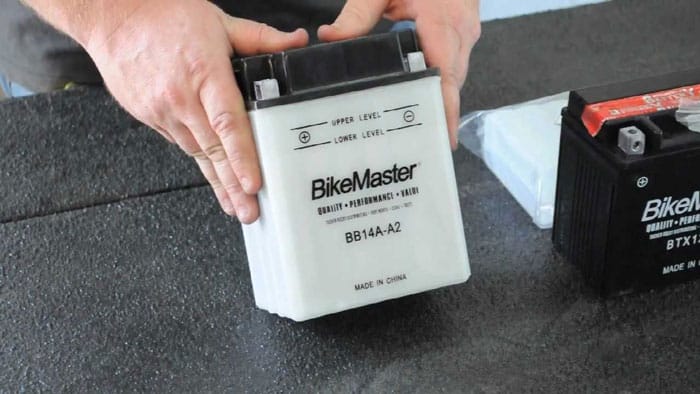 We are ready to help you know the very battery that is suitable for your specific needs, that’s all you need to worry about - that’s the way to turn. Take a look at one of our stores in Lutsk, Kovel or Novovolinsk, so that today you can find out about our wonderful selection of batteries for all types of vehicles!
We are ready to help you know the very battery that is suitable for your specific needs, that’s all you need to worry about - that’s the way to turn. Take a look at one of our stores in Lutsk, Kovel or Novovolinsk, so that today you can find out about our wonderful selection of batteries for all types of vehicles!
Other statistics
General information and answers to the most important questions about motorcycle battery capacity.
1. What is motorcycle battery capacity and how is it measured
2. Typical capacities of motor batteries
3. How to find out the battery capacity of your motorcycle
4. The importance of choosing a battery with the correct capacity
5. Can the battery capacity change?
6. Should I buy a large capacity battery?
7. What affects the battery capacity?

Capacity is one of the most important parameters to consider when choosing a motorcycle battery. It is measured in ampere-hours (the designations Ah or Ah are also acceptable), which fully reflects its essence. So, for example, a capacity of 12 amp-hours means that the battery is capable of delivering a working current of 1 ampere for 12 hours. Accordingly, if a current of 0.5 amperes is enough for the normal operation of your motorcycle for an hour, the same battery will last for 24 hours. It works the other way too. If the motor requires a charge of 2 amps per hour, the capacity will last for 6 hours. All this does not mean that the battery will need to be charged every day. It's all about battery life. After all, while driving, the battery is recharged automatically. With proper operation, you will have to use a special charger no more than once every 2-3 months.
The unit of capacitance is sometimes referred to as "ampere per hour" (rather than ampere hour). This is not entirely correct. Developing our example with a 12 Ah battery, we can say that the vast majority of motorcycles per hour have enough current strength much less than 12 amperes.
Developing our example with a 12 Ah battery, we can say that the vast majority of motorcycles per hour have enough current strength much less than 12 amperes.
Another point that depends on the capacity of the motorcycle battery is the current strength 1 when it is charging (it is the current strength, not the charging speed, we will talk about the speed a little lower). In order for the process to occur without damage to the battery itself, it is recommended to set the current on the charger to the equivalent of ten percent of its capacity. That is, our battery with a capacity of 12 Ah needs to be charged with a current of no more than 1.2 amperes.
1. Current - the amount of electricity passing through the cross section of the conductor in one second. Ampere - the strength of the electric current, at which an amount of electricity equal to one pendant passes through the cross section of the conductor every second: 1 ampere \u003d 1 coulomb / 1 second.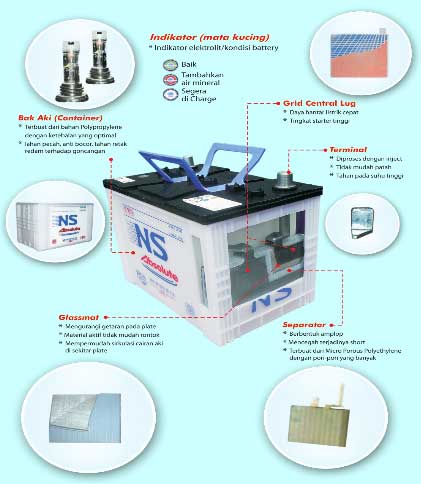
The category of motor batteries includes not only batteries directly for bikes, but also devices for a wide range of motor vehicles: scooters, mopeds, ATVs, snowmobiles, jet skis and even lawn mowers. Therefore, the range of capacities of such batteries is very extensive: from 2.3 to 30 ampere-hours. If we take into account only batteries directly for motorcycles, then a rare bike is designed for a battery with a capacity of less than 6 Ah.
The table below shows typical battery capacities. For clarity, additional information about them. Based on these data, it is possible to trace the effect of battery capacity on its other parameters.
The first line is typical battery capacities (by clicking on the link you will be taken to a page with a full range of batteries of the corresponding capacity). Next - indicators of voltage, dimensions, weight and level of starting current for Yuasa, Skyrich and Kyoto batteries
|
| | | | | |
|---|---|---|---|---|---|
| | 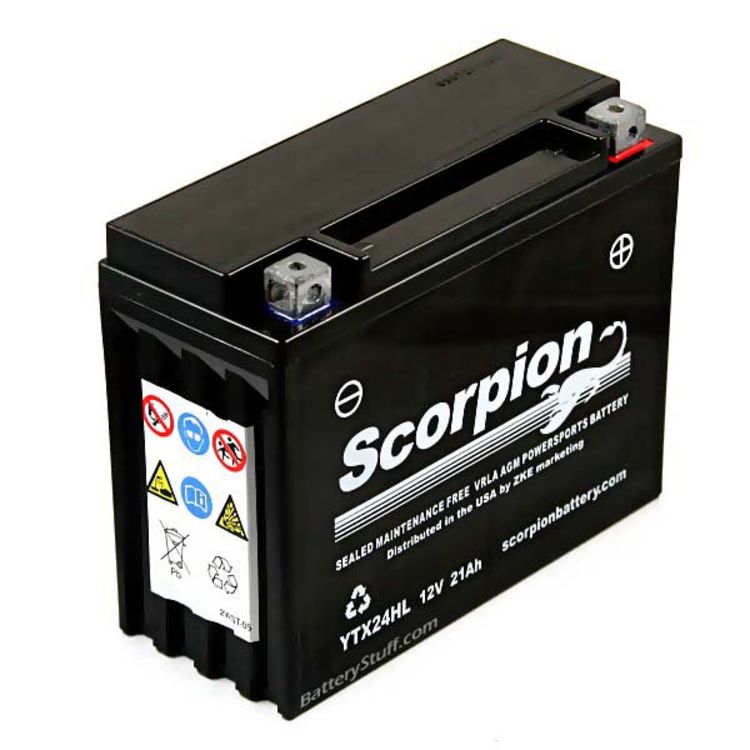 3 kg 3 kg |
|
|
|
|
| | 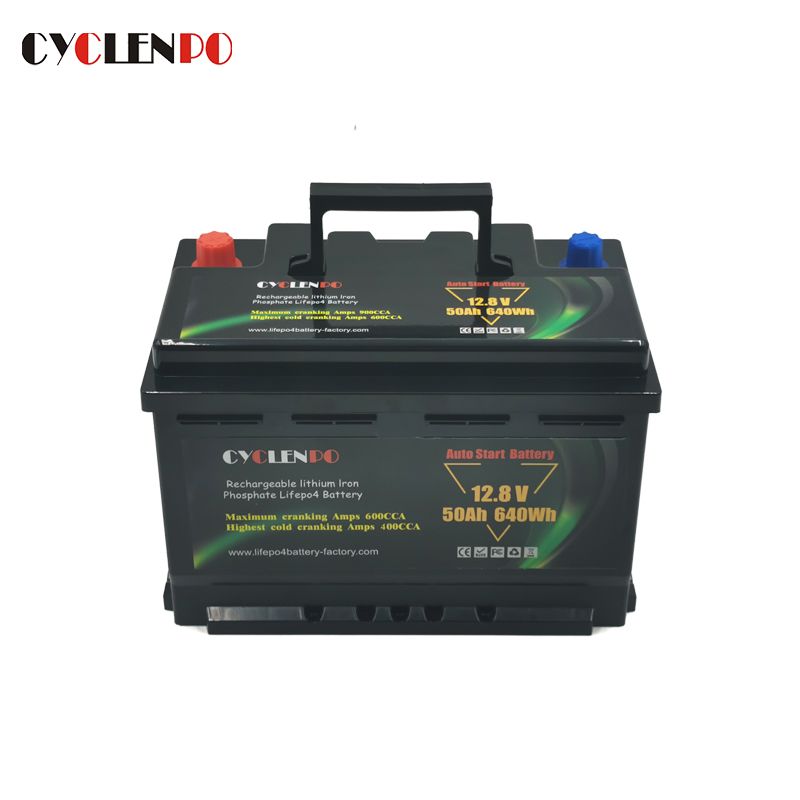 55 kg 55 kg 9011 | 9011 | | | |
| | |  4 kg 4 kg | | | |
The table shows typical capacities that are used to manufacture most modern batteries. But you can find a battery with any other capacity in the range from 2.3 to 30 ampere-hours. It is also worth noting that all the above models are designed for voltage 2 at 12 V. There are batteries with other voltage indicators (for example, 6 V).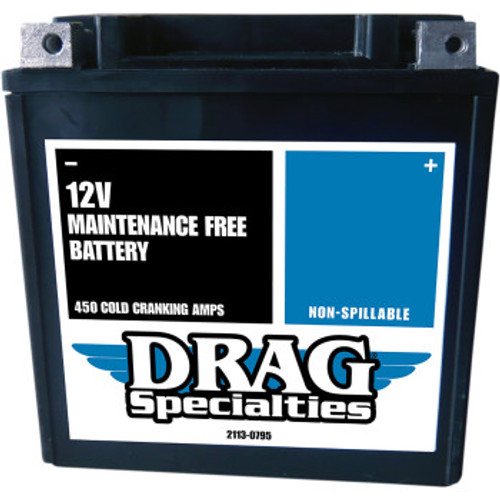
The starting (or starting) current that the battery is able to give directly depends on the capacity of the battery. This is the amount of electricity that the motorcycle needs to start and start all the electrical mechanisms. Pay attention to the line of the table dedicated to Skyrich batteries. The larger the battery capacity, the greater the starting current. According to this indicator, all batteries can be divided into 3 classes:
1. Batteries less than 12 Ah. They are capable of running lights, ignitions and speakers on medium to large motorcycles (when used as an extra battery). In addition, such batteries are used to start the engine and ensure the operation of all electrical circuits of some models of small displacement motorcycles. The engine capacity of such bikes rarely exceeds 500 cubic centimeters. Often they are also used on ATVs, snowmobiles, etc.
2. Batteries with a capacity of 12 Ah. Used to supply current to all systems and start the engine of medium-sized motorcycles, which are the majority on the market. The engine capacity of a significant part of these bikes is in the range of 900 cc. see But there are exceptions. So, the Skyrich YT14B-BS battery can be installed on some models of Yamaha motorcycles (XV17P Road Star Warrior and Silverado). But this is precisely the exception to the general rule.
The engine capacity of a significant part of these bikes is in the range of 900 cc. see But there are exceptions. So, the Skyrich YT14B-BS battery can be installed on some models of Yamaha motorcycles (XV17P Road Star Warrior and Silverado). But this is precisely the exception to the general rule.
3. Batteries over 12 Ah. They are used for installation on heavy-duty motorcycles (with an engine capacity of 900 cc).
2. Voltage battery is the potential difference immersed in the electrolyte and operating on the positive and negative electrodes. Voltage battery is not constant. It changes depending on the state of charge of the battery.
Each battery is labeled with all necessary data.
Sometimes the marking is in a continuous format and looks something like this: 12V12Ah. Decryption: voltage - 12 volts, capacity - 12 ampere-hours.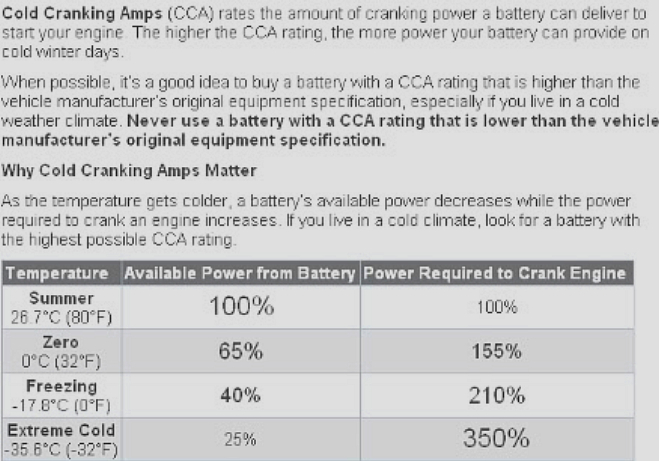
There are several more less common markings, which are shown in the diagram below.
If for some reason this parameter is not indicated on your battery, you can look at the data sheet. It usually gives not only the capacity of the battery installed at the factory, but the range of battery capacities that can be installed on the bike. This is done in case a specific factory battery model cannot be found. Well, or if you think that you need more starting current than provided by the manufacturer (we will talk about why such situations may arise below).
If this option did not work either (the registration certificate is far away or lost), you can use the services of one of the online services, which will not only tell you the battery capacity, but also select the right battery for your motorcycle model.
If you purchase a battery with insufficient capacity, it may not have enough starting current to start your motorcycle. Or the normal operation of headlights, lighting and other electrical equipment, which is becoming more and more on modern bikes. In addition, it should be borne in mind that in the cold season, starting the engine is even more difficult due to low temperatures. And in such a situation, it is extremely useful to have some reserve battery capacity.
Or the normal operation of headlights, lighting and other electrical equipment, which is becoming more and more on modern bikes. In addition, it should be borne in mind that in the cold season, starting the engine is even more difficult due to low temperatures. And in such a situation, it is extremely useful to have some reserve battery capacity.
A slightly larger battery than factory installed is available for purchase. Many manufacturers are trying to save money and do not complete their products with the most powerful option available. But before you take that step, make sure a battery with a higher capacity will fit in the space allotted to it. In the table above, you can see that the larger the capacity of the battery, the more space it takes up in all three parameters. In addition, do not forget that buying a battery with a larger capacity is an additional overpayment, which is most often unjustified. And this overpayment can be avoided if you correctly select the battery capacity.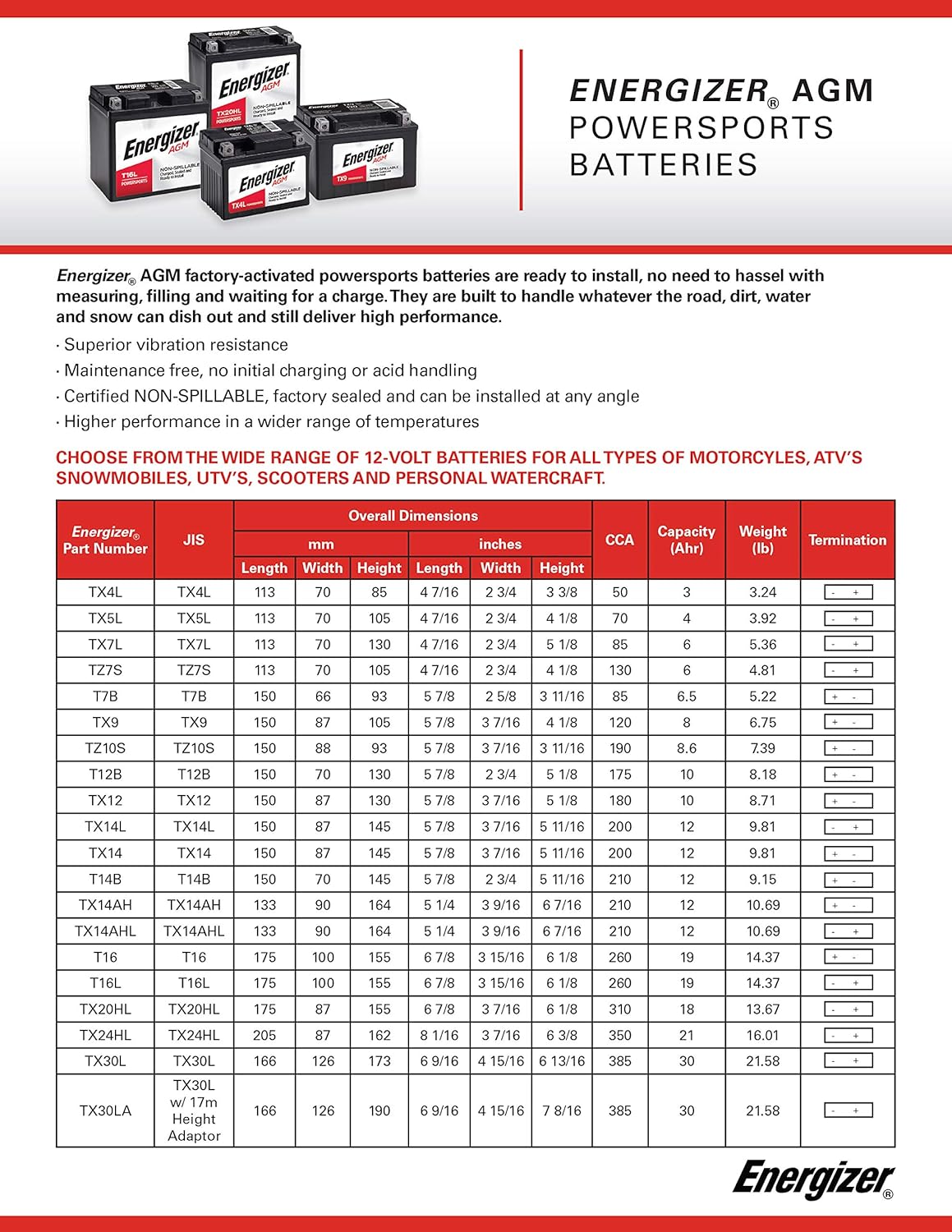
The capacity of the battery will steadily decrease during use due to normal wear and tear. But if the battery is used correctly, then a decrease in capacity will become apparent only a few years after the start of using the battery. Usually towards the end of the warranty period.
There are factors that can accelerate battery degradation.
1. Deep discharge. If you allow an acid battery to discharge below 10.5 volts, its capacity will be greatly reduced after returning to life.
2. Charging too often. If the battery does not yet require recharging, it is better not to connect it to the charger again. As a rule, the procedure is required once every two to three months.
3. Electrolyte contamination. This item applies to serviceable batteries only. An electrolyte is a liquid that conducts current inside a battery. During operation, this liquid gradually evaporates.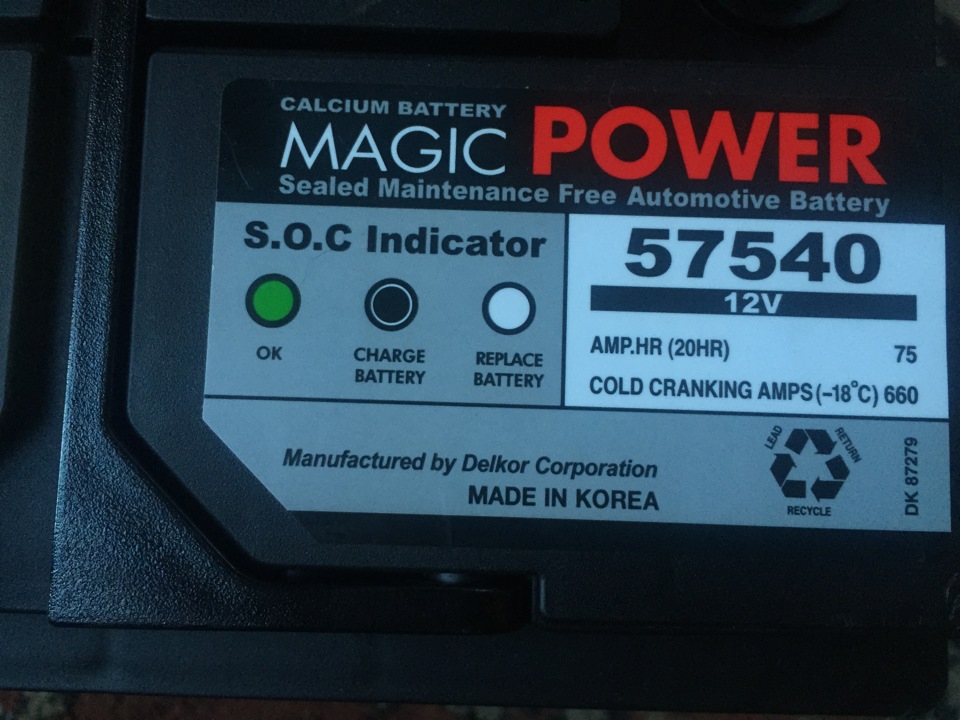 Therefore, the electrolyte volume must be regularly replenished (because of this, such batteries are called serviced). If the iron or chlorine in the electrolyte exceeds the allowable values, the battery will quickly lose its capacity. Therefore, it is necessary to replenish the electrolyte level only with distilled water.
Therefore, the electrolyte volume must be regularly replenished (because of this, such batteries are called serviced). If the iron or chlorine in the electrolyte exceeds the allowable values, the battery will quickly lose its capacity. Therefore, it is necessary to replenish the electrolyte level only with distilled water.
4. Incorrect storage conditions when disconnected. A long stay of a disconnected battery at a negative temperature or in conditions above 15-20 degrees will also adversely affect its capacity. The ideal temperature is ten to fifteen degrees above zero.
5. Low driving speed. Some motorcycles, when riding at too low a speed, do not sufficiently charge the battery, resulting in a loss of capacity. But this is an extremely rare case, and the speeds should be really very low. When driving in normal city traffic, this does not threaten.
How can you avoid rapid battery loss and extend battery life? It is enough to avoid everything that is described in the five points above. It is worth adding only that during the wintering of the battery in your home it is also worth recharging it 1-2 times in order to avoid excessive discharge. In the rest - go and do not worry, the battery will last as long as it should.
It is worth adding only that during the wintering of the battery in your home it is also worth recharging it 1-2 times in order to avoid excessive discharge. In the rest - go and do not worry, the battery will last as long as it should.
A battery with a larger capacity than the one supplied by the manufacturer may be needed in two cases.
1. Winter driving. It is in the cold that a few extra ampere-hours can provide the necessary starting current to start the engine.
2. For installing accessories. A larger battery may be needed if you are going to hang your bike with various electrical gadgets: a powerful sound system, lighting not provided for by the design, additional alarm, etc. For all this, the standard battery capacity may not be designed and you will have to choose a more expensive model.
Before purchasing a larger capacity battery, make sure there is room for it. The larger the battery, the more space it takes up.
The larger the battery, the more space it takes up.
Battery capacity AFFECTS:
1. Its size. The larger the capacity, the more space the battery takes up. This does not mean that batteries with the same capacity will all be the same size. Sometimes they differ in height or width, but this is already due to different manufacturer standards (see table above).
2. Its weight. The same situation. How much the weight of the battery increases, depending on its capacity, can also be seen in the table.
3. Inrush current. The larger the capacity of the battery, the more starting current it can provide. The stronger the starting current, the larger the engine capacity that can serve the battery. And the more various additional devices you can place on it.
4. Battery life. If your motorcycle's electricity consumption is 1 amp per hour, then a battery with a capacity of 12 amp-hours will last 12 hours in offline mode.